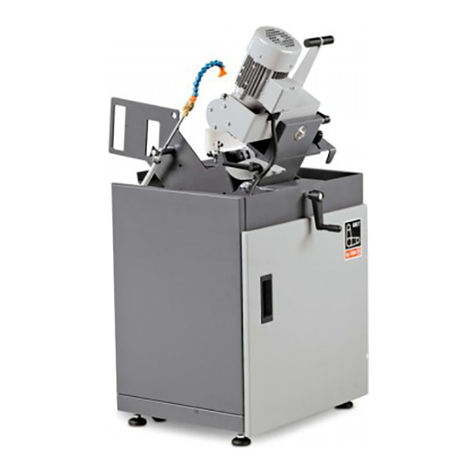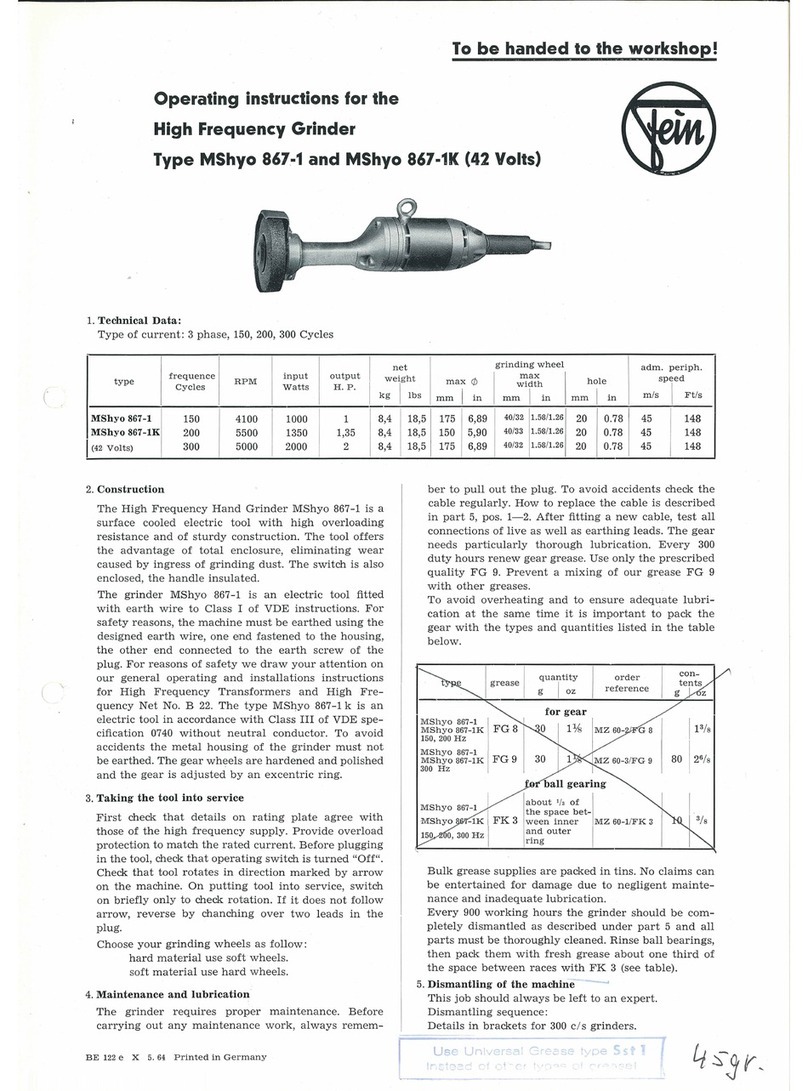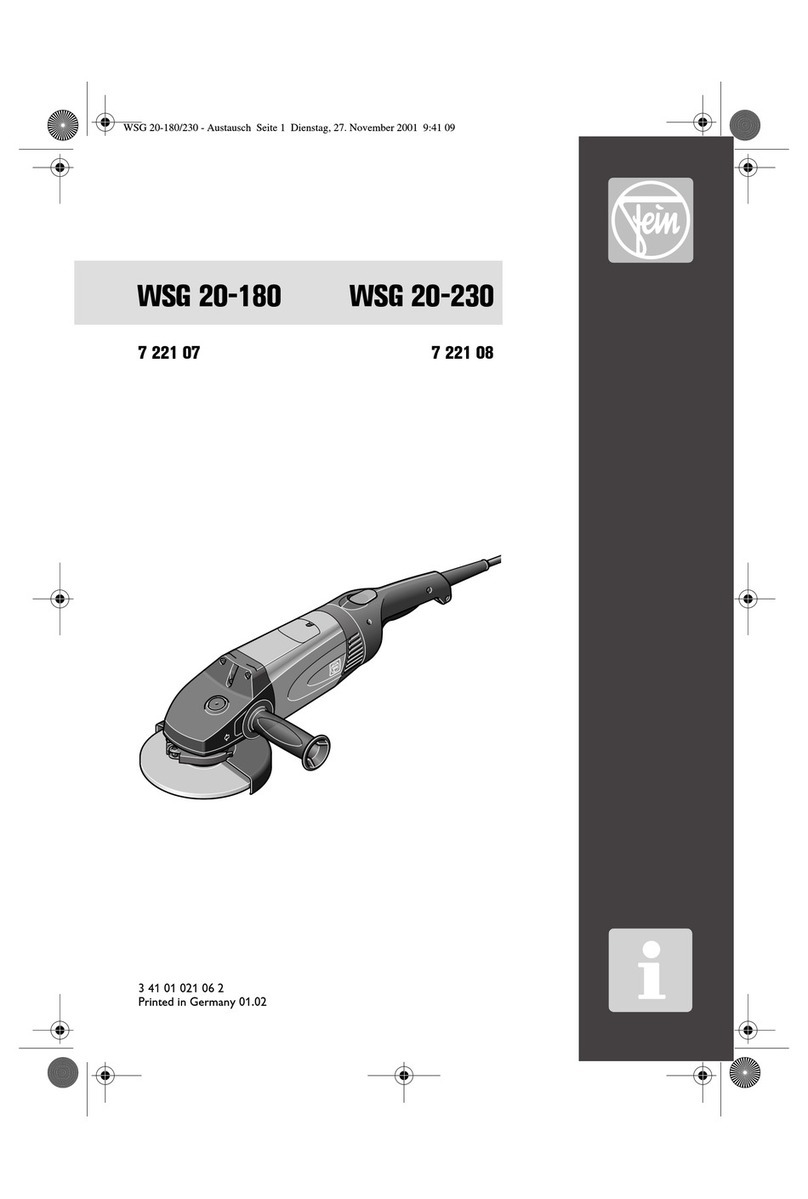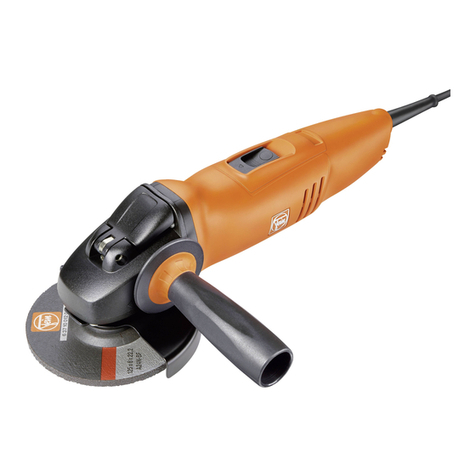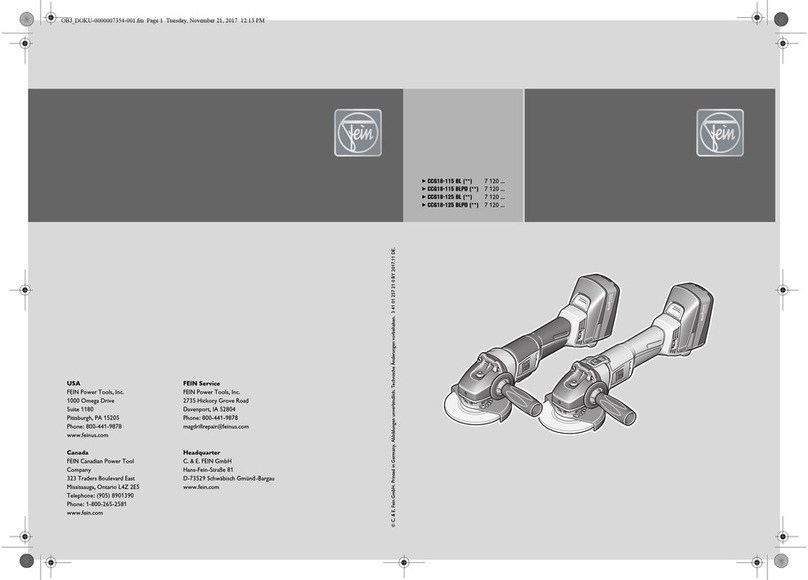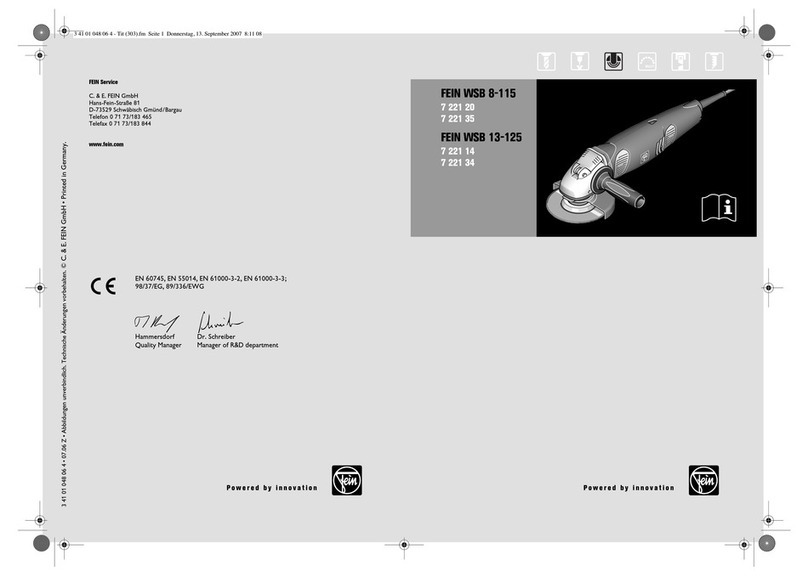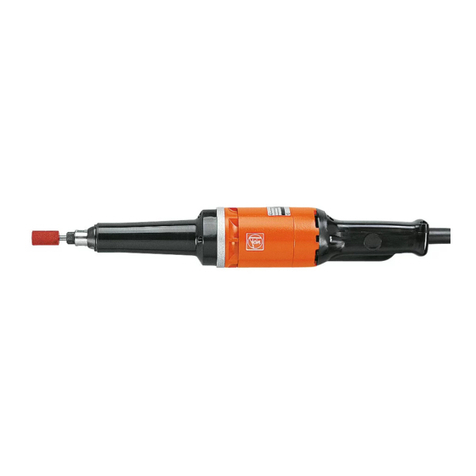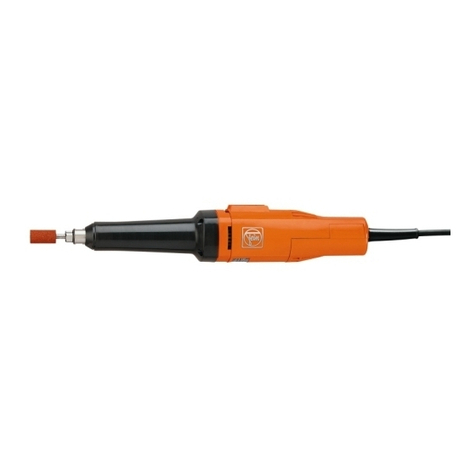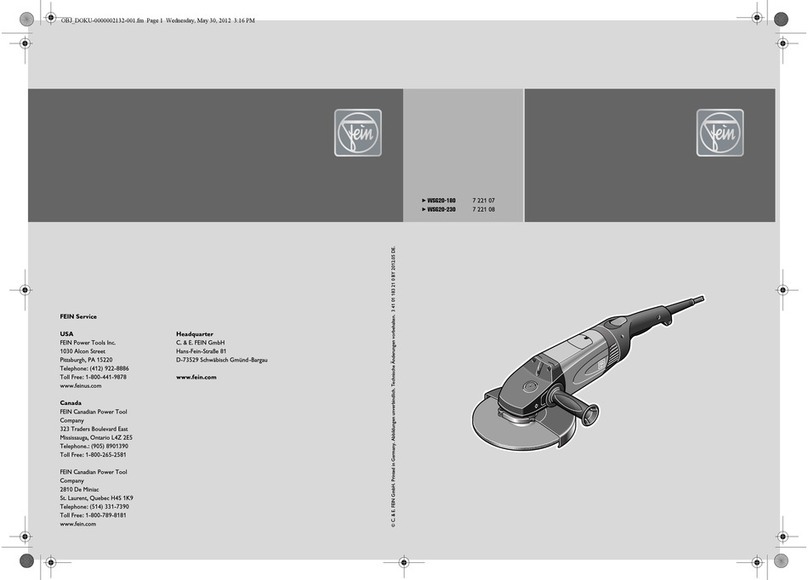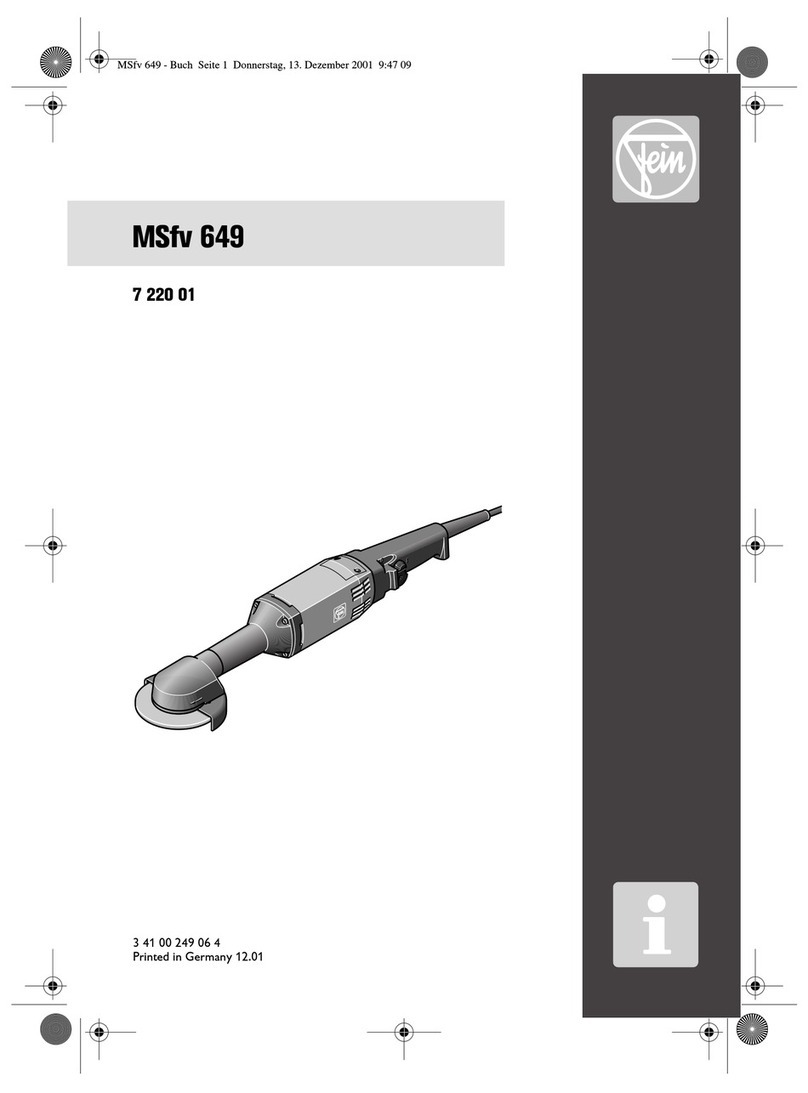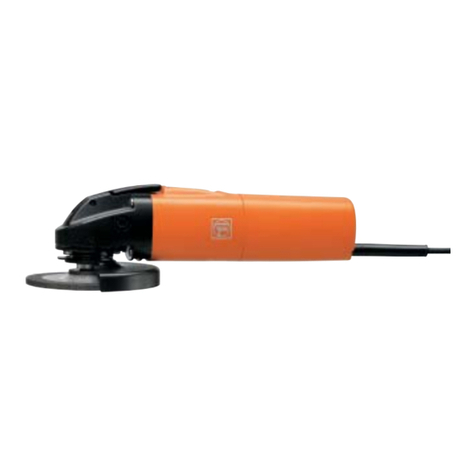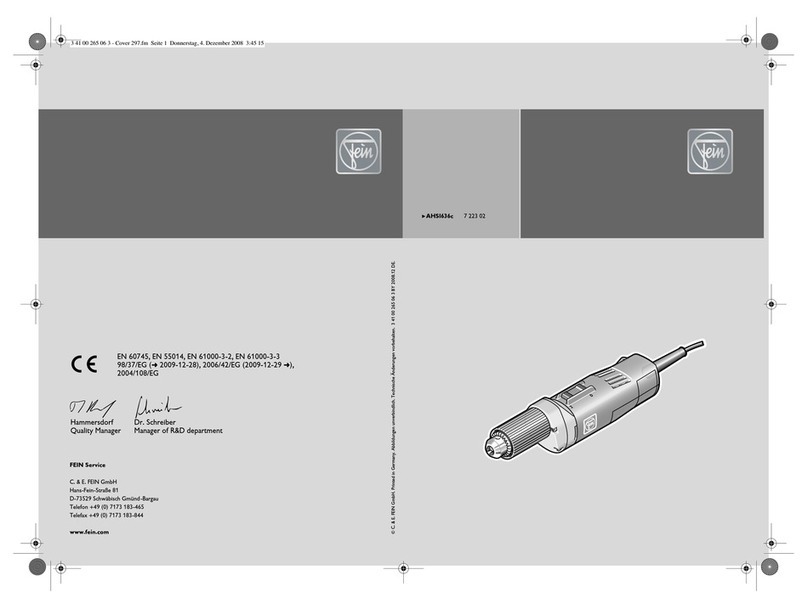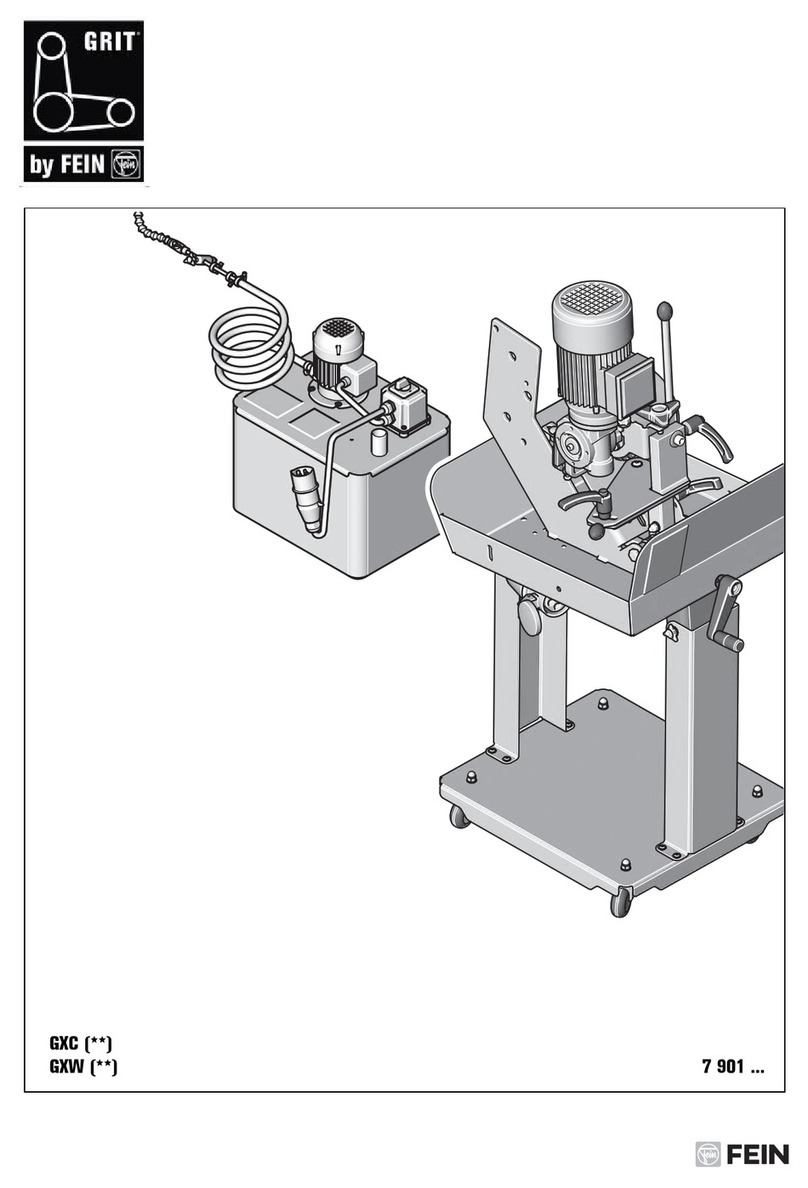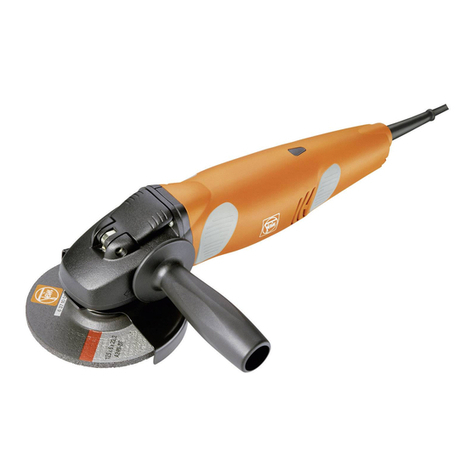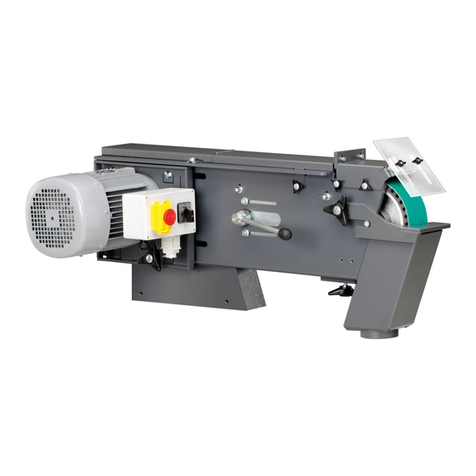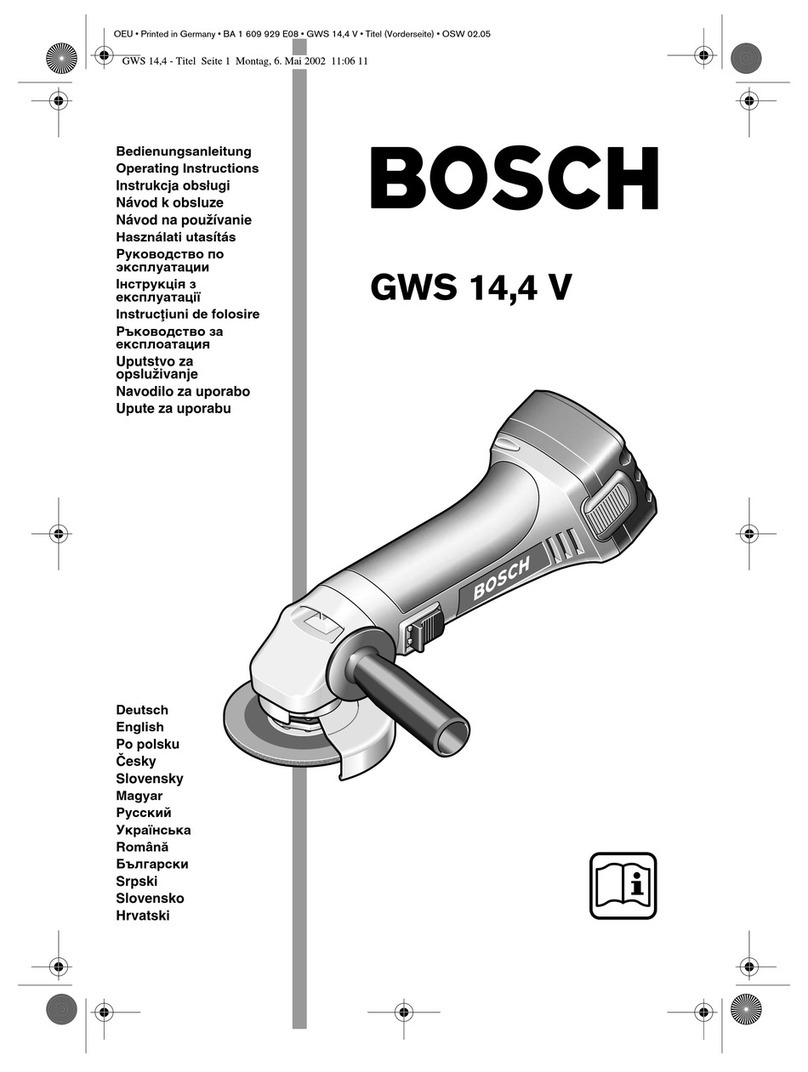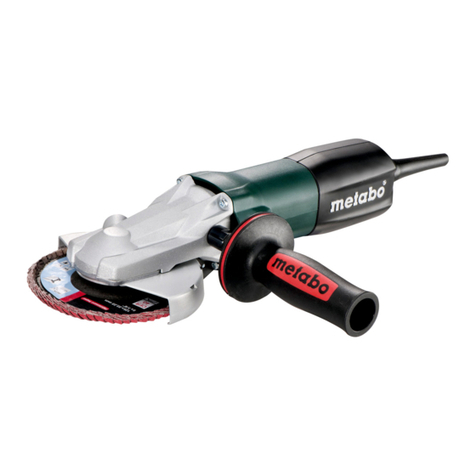
6
de
Originalbetriebsanleitung Fahrgestell.
Verwendete Symbole, Abkürzungen und
Begriffe.
Die in dieser Betriebsanleitung und ggf. auf dem Gerät
verwendeten Symbole dienen dazu, Ihre Aufmerksam-
keit auf mögliche Gefährdungen bei der Arbeit mit die-
sem Gerät zu lenken.
Zu Ihrer Sicherheit.
Verwenden Sie dieses Fahrgestell nicht, bevor Sie
diese Betriebsanleitung gründlich gelesen und voll-
ständig verstanden haben, einschließlich der Abbil-
dungen, Spezifikationen und Sicherheitsregeln.
Lesen und beachten Sie die Betriebsanleitung der
Maschine, die auf dieses Fahrgestell montiert wer-
den soll.
Diese Betriebsanleitung zum späteren Gebrauch aufbe-
wahren und bei einer Weitergabe oder Veräußerung der
Maschine überreichen.
Verwenden Sie zur Montage der Maschine auf dem Fahrge-
stell das passende Befestigungsmaterial.
Eine fehlerhafte
Montage kann dazu führen, dass sich die Maschine wäh-
rend des Arbeitsvorganges vom Fahrgestell löst und
schwere Unfälle verursacht.
Stellen Sie vor dem Einschalten sicher, dass alle Spannhe-
bel am Fahrgestell gut festgezogen sind.
Senkt sich die
Maschine während des Arbeitsvorganges plötzlich ab,
kann dies zu schweren Unfällen führen.
Tragen Sie persönliche Schutzausrüstung. Verwen-
den Sie je nach Anwendung Vollgesichtsschutz,
Augenschutz oder Schutzbrille. Soweit angemessen,
tragen Sie Staubmaske, Gehörschutz, Schutzhand-
schuhe oder Spezialschürze, die kleine Schleif- und
Materialpartikel von Ihnen fernhält.
Die Augen sol-
len vor herumfliegenden Fremdkörpern geschützt
werden, die bei verschiedenen Anwendungen ent-
stehen. Staub- oder Atemschutzmaske müssen den
bei der Anwendung entstehenden Staub filtern.
Wenn Sie lange lautem Lärm ausgesetzt sind, kön-
nen Sie einen Hörverlust erleiden.
Arbeiten Sie nur auf waagrechten Flächen.
Auf schrägen
Flächen kann die Maschine außer Kontrolle geraten.
Das Verlängerungskabel während des Arbeitsvorganges
immer von der Arbeitsstelle wegführen.
Wird das Netzka-
bel überfahren, gequetscht oder beschädigt, besteht die
Gefahr eines elektrischen Schlags!
Bei Wartungs- Montage und Einstellarbeiten den Netzste-
cker ziehen!
Wird die Maschine unbeabsichtigt einge-
schaltet, kann dies zu Unfällen führen.
Auf einen Blick.
1 Befestigungsschraube
2 Unterlegscheibe
3 Rad
4 Achse
5 Feststellhebel, Achse
6 Auflagefläche
7 Befestigungsschrauben für Halteplatte
8 Schraube
9 Halteplatte
10 Halteschaft
11 Kabelführung
12 Feststellschraube
13 Lenkstange
14 Befestigungsschrauben für Bandschleifer (4x)
15 Ein-/Ausschalter
16 Kurbel für Bandschleifer-Höheneinstellung
17 Kabelbinder
18 Elektrischer Schaltkasten
19 Sterndrehschraube für Paralleleinstellung
20 Feststellschraube
21 Schraube für Tiefenanschlag
22 Schraube für Höhenanschlag
23 Kurbel für Hubkrafteinstellung
Bestimmung der Maschine.
Das Fahrgestell ist in Verbindung mit GRIT Schleifmaschi-
nen GI 75/150 zum Schleifen von Bodenflächen
bestimmt.
Montageanweisungen.
Fahrwerk montieren (Bild 1).
➤
Stecken Sie die Achse (4) durch das Achsrohr. Befes-
tigen Sie die Räder (3) mit den Schrauben (1) und
Unterlegscheiben (2) an der Achse.
➤
Fixieren Sie die Achse (4) mit der Feststellhebel (5)
so, dass sich zwischen Radnabe und Achsrohr ein
Abstand von ca. 100 mm ergibt.
Bandschleifer auf Fahrgestell montieren (Bild 2).
➤
Entfernen Sie am Bandschleifer den Spänekasten,
den Schleiftisch, sowie die entsprechenden Schrau-
ben (siehe Betriebsanleitung Bandschleifer).
Wegen erhöhter Unfallgefahr müssen die folgenden
Arbeitsschritte von mehreren Personen durchgeführt
werden:
➤
Öffnen und entfernen Sie das Seitenteil des Band-
schleifers.
➤
Legen Sie den Bandschleifer mit der Kopfseite auf
den Boden. Verwenden Sie zur Vermeidung von
Kratzern oder Beschädigungen eine geeignete
Unterlage.
➤
Setzen Sie das Fahrgestell auf den Bandschleifer auf.
➤
Richten Sie das Fahrgestell über den Bohrungen aus.
Befestigen Sie das Fahrgestell mit den Schrau-
ben (14) am Bandschleifer.
➤
Stellen Sie die gesamte Einheit auf die Räder (3).
Symbol Begriff, Bedeutung
➤
Aktion
Dokumentation lesen
Allgemeines Gebotszeichen
Warnung vor Gefahr
3 94 10 014 00 1.book Seite 6 Donnerstag, 31. Januar 2013 9:01 09
